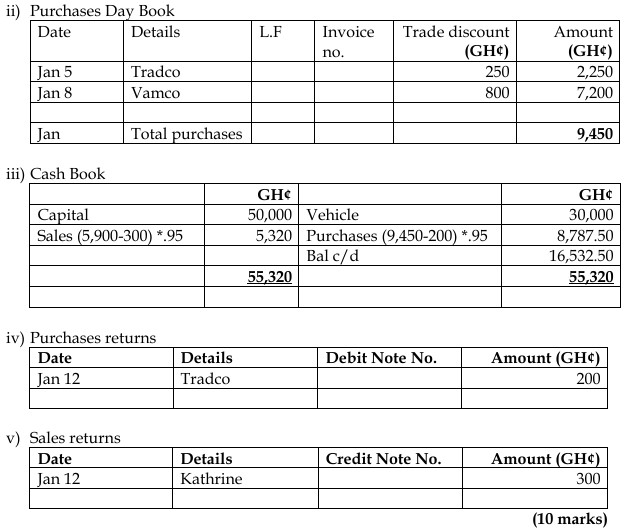- 10 Marks
Question
The IASB’s Conceptual Framework identifies, among others, the qualitative characteristics of relevance, faithful representation, comparability, and understandability.
Required:
Justify with an example each how the qualitative characteristics will apply to the treatment of tangible non-current assets. (10 marks)
Answer
Qualitative characteristics as applicable to tangibles non-current assets illustrated by IAS 16
Relevance:
Example: Choosing the revaluation model for tangible non-current assets like property provides relevant information as it reflects the current market value, aiding users in decision-making based on up-to-date information. For instance, if a company chooses to revalue its land and buildings to their fair value, it provides information that is more relevant for users assessing the company’s financial position.
Faithful Representation:
Example: Using the cost model ensures faithful representation as it records assets based on historical cost, which is verifiable and objective. For example, if a company uses the cost model for its machinery, the value in the financial statements reflects the original purchase cost less accumulated depreciation, representing the actual cash spent.
Comparability:
Example: Adopting the same depreciation method for all tangible non-current assets within a class enhances comparability. For example, if a company uses the straight-line method to depreciate all its machinery, users can compare the performance of different years and other companies using the same method.
Understandability:
Example: Disclosing the depreciation method and rate for each class of assets in the financial statements improves understandability. For instance, explaining that buildings are depreciated over 20 years on a straight-line basis helps users understand the impact of depreciation on financial performance.
(10 marks)
- Topic: Conceptual Framework for Financial Reporting
- Series: APR 2022
- Uploader: Cheoli

